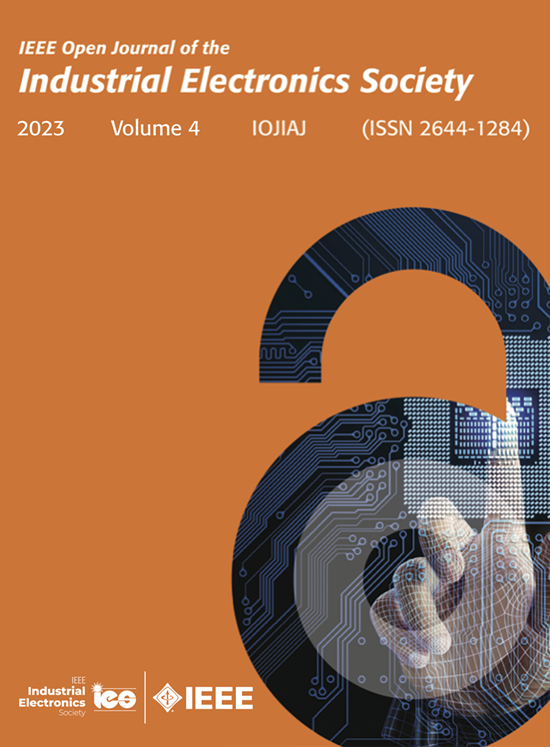考虑电池退化和价格套利的计划车队V2G优化的MILP框架
IF 4.3
Q1 ENGINEERING, ELECTRICAL & ELECTRONIC
IEEE Open Journal of the Industrial Electronics Society
Pub Date : 2025-09-23
DOI:10.1109/OJIES.2025.3613601
引用次数: 0
摘要
本文的范围是评估定期电动公交车队双向充电策略的经济可行性,重点关注它们在现实市场条件下降低运营成本的潜力。本文通过混合整数线性规划公式提出了一个全面的、可生产的车辆与电网集成优化框架,解决了日前定价、电池退化和电网约束问题。与现有依赖于聚合车辆行为的方法不同,我们的框架保留了充电站的完整拓扑结构,保持了车辆级别的粒度。这使得边际成本和节约的精确评估成为可能,增强了模型的实用性和部署潜力。来自实际车队计划和意大利市场数据的结果表明,与不受控制的充电相比,控制充电和车辆到电网的成本都要低得多,在目前的情况下,节省的成本超过35%。然而,车辆到电网和控制充电之间的成本差距仍然很小。这些发现表明,随着电池组价格的持续下降和能源市场的发展,车辆到电网将越来越有利于定期车队。本文章由计算机程序翻译,如有差异,请以英文原文为准。
MILP Framework for V2G Optimization With Battery Degradation and Price Arbitrage in Scheduled Fleets
The scope of this article is to assess the economic viability of bidirectional charging strategies for scheduled electric bus fleets, focusing on their potential to reduce operational costs under real-world market conditions. This article presents a comprehensive and production-ready optimization framework for vehicle-to-grid integration, addressing day-ahead pricing, battery degradation, and grid constraints through a mixed-integer linear programming formulation. Unlike existing approaches that often rely on aggregated vehicle behavior, our framework preserves the full topology of the charging station, maintaining vehicle-level granularity. This enables precise evaluation of both marginal costs and savings, enhancing the model’s practical relevance and deployment potential. Results from real-world fleet schedules and Italian market data show that both controlled charging and vehicle-to-grid achieve substantially lower costs than uncontrolled charging, with savings exceeding 35% in current scenarios. However, the cost gap between vehicle-to-grid and controlled charging remains narrow. These findings indicate that as battery pack prices continue to decline and energy markets evolve, vehicle-to-grid will become increasingly favorable for scheduled fleets.
求助全文
通过发布文献求助,成功后即可免费获取论文全文。
去求助
来源期刊

IEEE Open Journal of the Industrial Electronics Society
ENGINEERING, ELECTRICAL & ELECTRONIC-
CiteScore
10.80
自引率
2.40%
发文量
33
审稿时长
12 weeks
期刊介绍:
The IEEE Open Journal of the Industrial Electronics Society is dedicated to advancing information-intensive, knowledge-based automation, and digitalization, aiming to enhance various industrial and infrastructural ecosystems including energy, mobility, health, and home/building infrastructure. Encompassing a range of techniques leveraging data and information acquisition, analysis, manipulation, and distribution, the journal strives to achieve greater flexibility, efficiency, effectiveness, reliability, and security within digitalized and networked environments.
Our scope provides a platform for discourse and dissemination of the latest developments in numerous research and innovation areas. These include electrical components and systems, smart grids, industrial cyber-physical systems, motion control, robotics and mechatronics, sensors and actuators, factory and building communication and automation, industrial digitalization, flexible and reconfigurable manufacturing, assistant systems, industrial applications of artificial intelligence and data science, as well as the implementation of machine learning, artificial neural networks, and fuzzy logic. Additionally, we explore human factors in digitalized and networked ecosystems. Join us in exploring and shaping the future of industrial electronics and digitalization.
 求助内容:
求助内容: 应助结果提醒方式:
应助结果提醒方式:


